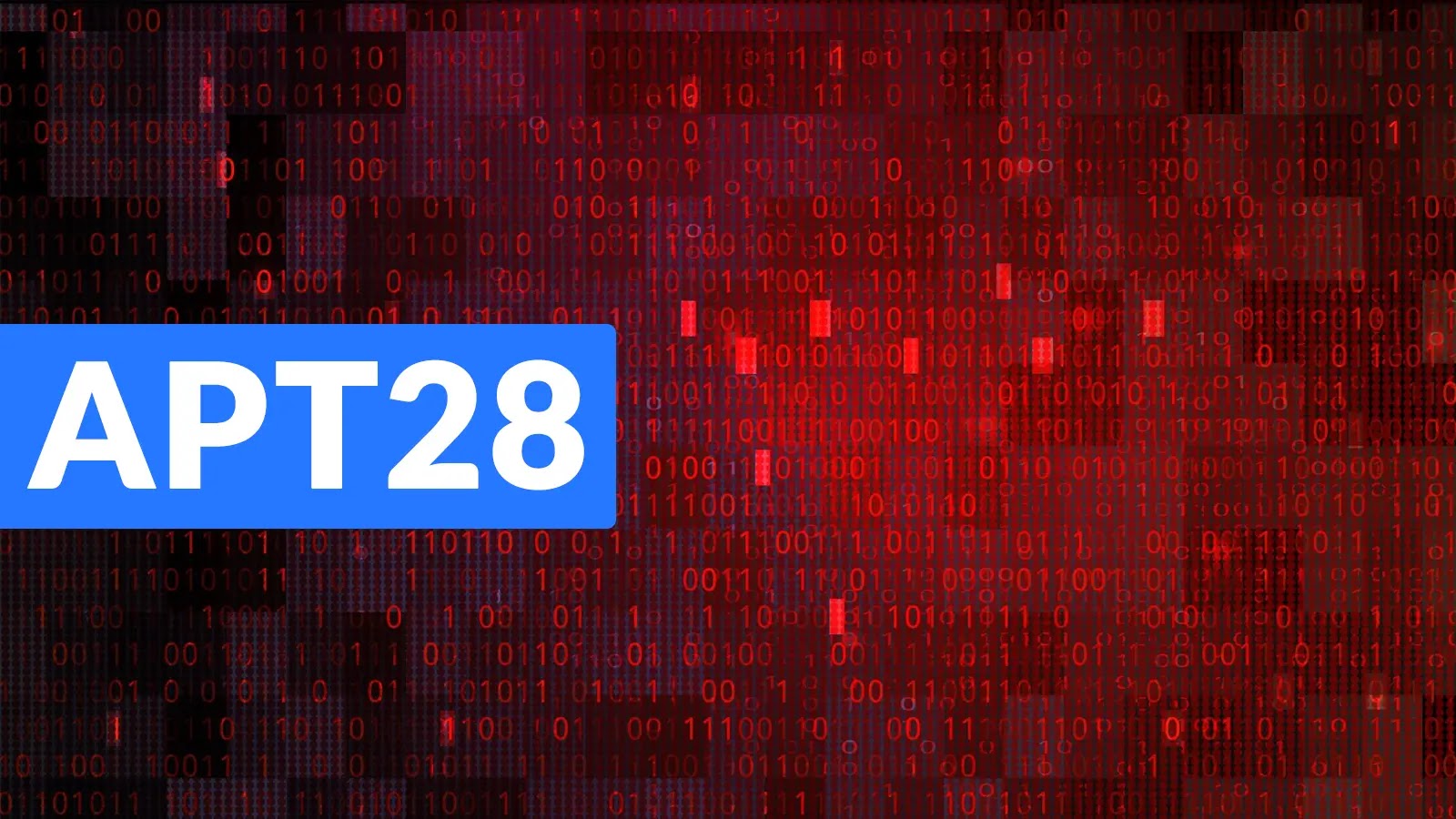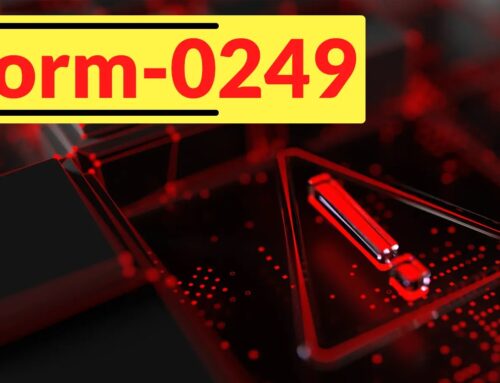
New APT28 Attack Via Signal Messenger Delivers BeardShell and Covenant Malware
Unmasking Phantom Net Voxel: APT28’s Signal-Based Offensive
In a landscape where digital communication is increasingly critical, the discovery of a sophisticated spearphishing campaign targeting Ukrainian military personnel through the Signal messaging platform sends a stark warning. Dubbed “Phantom Net Voxel,” this operation, attributed to the notorious state-sponsored threat actor APT28 (also known as Fancy Bear or Strontium), highlights the evolving tactics nation-state groups employ to compromise high-value targets. This analysis delves into the technical intricacies of Phantom Net Voxel, examining how APT28 leverages the perceived security of Signal to deliver potent malware like BeardShell and Covenant.
The Deceptive Lure: Initial Compromise via Signal
The Phantom Net Voxel campaign initiates with a highly targeted spearphishing attack. APT28 operators exploit the private nature of Signal chats by sending carefully crafted malicious Office documents. These documents are designed to impersonate urgent administrative forms or compensation requests, playing on the immediate concerns and needs of military personnel. The choice of Signal is particularly insidious, as its end-to-end encryption often instills a false sense of absolute security among users, making them potentially less vigilant against social engineering tactics.
Upon opening these seemingly innocuous documents, embedded macros spring into action. These macros are the initial vectors, responsible for dropping the first stage of the attack chain onto the victim’s system. This method cleverly bypasses conventional email security gateways and leverages the trusted communication channel itself as the delivery mechanism.
Understanding the Malicious Payload: BeardShell and Covenant
The success of Phantom Net Voxel hinges on the deployment of two significant pieces of malware: BeardShell and Covenant.
- BeardShell: This custom-developed backdoor provides APT28 with a robust foothold on the compromised system. BeardShell’s capabilities typically include remote code execution, file exfiltration, and persistent access. Its bespoke nature often allows it to evade detection by standard antivirus solutions, making it a formidable tool for long-term espionage.
- Covenant: This open-source .NET command and control (C2) framework is increasingly favored by threat actors due to its flexibility and powerful features. Covenant enables adversaries to manage compromised hosts, execute further commands, download additional payloads, and maintain covert communication with their C2 servers. Its modular design allows for extensive customization, adapting to specific operational requirements. The use of an open-source framework also provides a degree of deniability and blends in with legitimate network traffic, complicating attribution.
The combination of a custom backdoor like BeardShell and a versatile C2 framework like Covenant grants APT28 comprehensive control over the compromised systems, allowing for deep reconnaissance and data theft.
APT28’s Strategic Objectives: Why Ukrainian Military?
APT28, widely believed to be affiliated with the Russian Main Intelligence Directorate (GRU), has a long history of targeting government entities, defense organizations, and critical infrastructure, particularly in Eastern Europe. The targeting of Ukrainian military personnel via Signal is consistent with their strategic objectives of intelligence gathering, reconnaissance, and potentially disrupting military operations. Access to military communications, administrative data, and personnel information could provide significant tactical advantages and insights into Ukrainian defense capabilities.
The use of Signal, a platform perceived as highly secure, also suggests an attempt by APT28 to bypass traditional enterprise security measures that might be more robust in a military context. By targeting individual personnel on a personal communication platform, they aim to find the weakest link in the security chain.
Remediation Actions and Proactive Defense
Defending against sophisticated attacks like Phantom Net Voxel requires a multi-layered approach focusing on user education, technical controls, and vigilant monitoring.
- User Awareness Training: Educate all personnel, especially those in high-value roles, about the dangers of spearphishing, even on seemingly secure platforms like Signal. Emphasize scrutinizing sender identities, unexpected attachments, and urgent requests.
- Macro Security: Implement strict policies regarding macro execution in Office documents. Default to disabling macros and only enable them from trusted sources after thorough verification. Even better, consider using file formats that do not support macros where appropriate.
- Endpoint Detection and Response (EDR): Deploy EDR solutions to monitor endpoints for suspicious activity, including process injection, unusual file creations, and network connections indicative of C2 communication.
- Network Segmentation: Isolate critical systems and networks to limit the lateral movement of adversaries in case of a compromise.
- Regular Patching and Updates: Ensure all operating systems, applications, and security software are kept up-to-date to patch known vulnerabilities. While this attack method doesn’t directly rely on a CVE in Signal, OS and Office vulnerabilities can still be exploited in the broader attack chain.
- Threat Intelligence: Stay informed about the latest tactics, techniques, and procedures (TTPs) used by APT groups like APT28. Integrate this intelligence into your security operations.
- Two-Factor Authentication (2FA): Enforce 2FA wherever possible to add an additional layer of security against credential theft.
Essential Tools for Detection and Mitigation
Here are some tools that can assist in detecting and mitigating threats similar to Phantom Net Voxel:
| Tool Name | Purpose | Link |
|---|---|---|
| Microsoft Defender for Endpoint | Advanced EDR capabilities, threat intelligence, and automated investigation. | Microsoft Defender for Endpoint |
| YARA Rules (Sigma Rules) | Malware family identification and behavioral threat detection. | VirusTotal YARA (example) |
| Splunk (or other SIEM) | Security Information and Event Management for log correlation and anomaly detection. | Splunk |
| Cuckoo Sandbox | Automated malware analysis for suspicious documents and executables. | Cuckoo Sandbox |
| VMRay Analyzer | Advanced threat analysis, particularly for evasive malware. | VMRay Analyzer |
Key Takeaways
The Phantom Net Voxel campaign underscores critical shifts in the threat landscape. APT groups are increasingly leveraging seemingly secure platforms like Signal for initial compromise, capitalizing on user trust and bypassing traditional security controls. The combination of sophisticated social engineering, custom backdoors like BeardShell, and versatile open-source frameworks like Covenant creates a formidable challenge for defenders. Organizations, particularly those in high-risk sectors, must prioritize comprehensive security awareness training, implement robust endpoint protection, and maintain vigilant threat intelligence to counteract these evolving and persistent threats.





